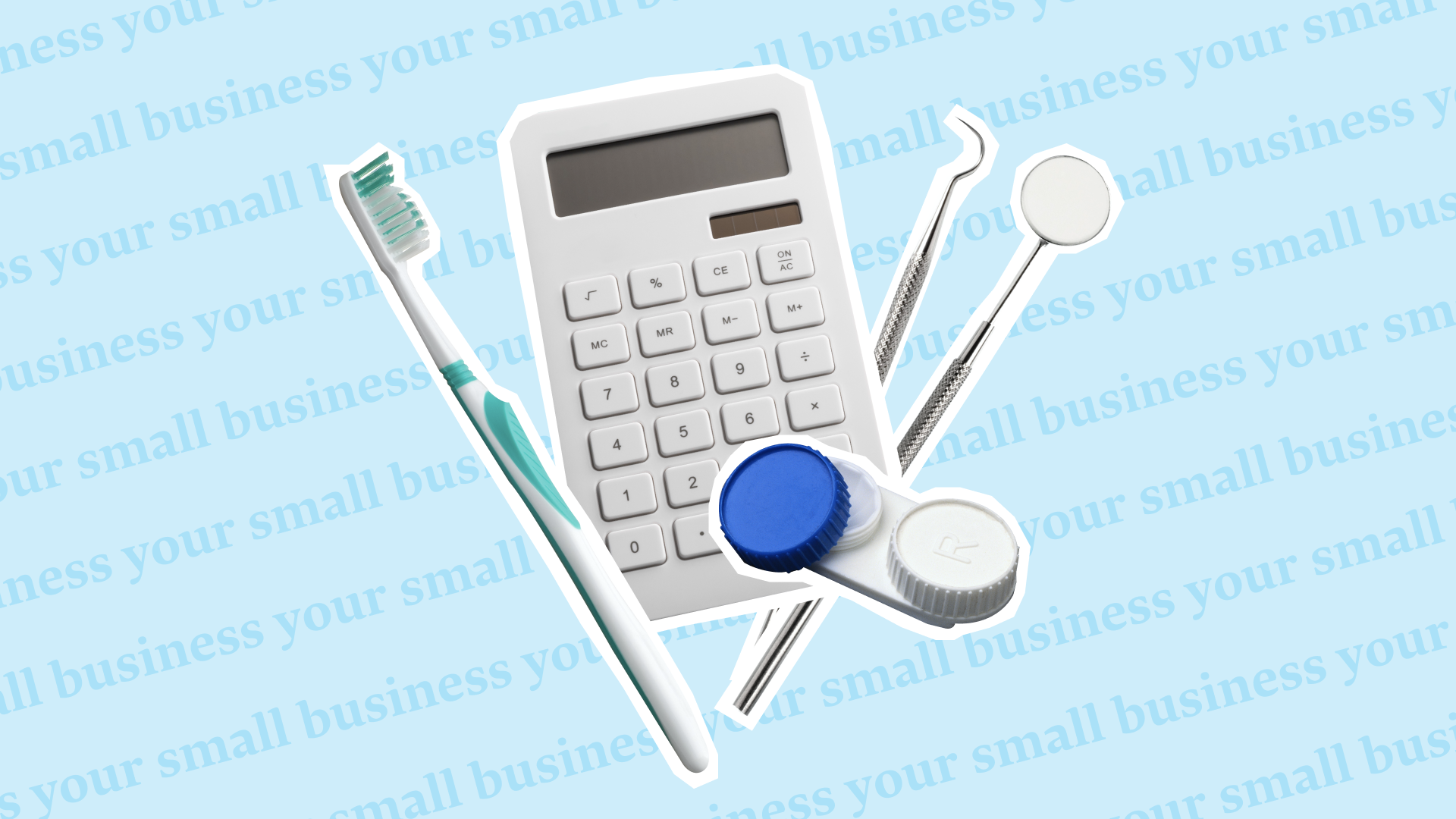Every year around a certain time, you might hear terms like “deductible,” “co-pay,” and “out-of-pocket” start floating around your office. Employee benefits guides are dug out of desks, serious reminder emails are circulated, and suddenly you find yourself facing an intimidating screen full of health insurance plan charts — the meaning of which you must decipher before a fast-approaching deadline.
It’s open enrollment season. And for many people, it can be a time of stress, confusion, and anxiety. According to a 2016 survey by Policy Genius, “only 39% of respondents are very confident in their ability to choose the right [health insurance] plan for their needs, while 12% are not at all confident.”
If the thought of navigating open enrollment season fills you with dread (or if you’re not actually sure what “open enrollment” is), we’re here to help. We’ve laid out a few of the essential facts you’ll need to know about open enrollment and resources to help you dig deeper, so you can feel more confident and informed.
First, What Exactly is Open Enrollment?
Open enrollment is a designated time period each year when eligible employees can enroll in or make changes to their health insurance benefits offered through their employer.
Eligible new employees have an open enrollment period when they first join a company, during which they can make their initial coverage selections (or choose not to enroll in coverage through their employer, if desired). After that, open enrollment occurs once annually for eligible employees, giving them the opportunity to enroll in or change coverage for the upcoming year.
Open enrollment is the only time that an employee can enroll in health insurance benefits or change their coverage, unless they experience a qualifying life event.
Open enrollment is the only time that an employee can enroll in health insurance benefits or change their coverage, unless they experience a qualifying life event.
Okay, So What’s a Qualifying Life Event?
A qualifying life event, or QLE, is defined as a change in your living situation that can make you eligible for a special enrollment period, allowing you to enroll in or update your health insurance outside the regular open enrollment timeframe.
A qualifying life event might include one of the following:
Marriage
Birth/adoption of a child
Separation/divorce
Death in the family
Move to a new location
Involuntary loss of previous coverage
How Do I Know Which Plan to Choose?
Once your employer has selected which plans they’ll be offering for the upcoming plan year (this selection period is known as the renewals process), you’ll be able to choose from the available options. If you like the plan you’re currently on, that plan is still offered, and you don’t need to make any changes–like adding a dependent or spouse–you can simply re-enroll.
A qualifying life event is defined as a change in your living situation that can make you eligible for a special enrollment period.
If you’re new to open enrollment, want to update your coverage, or wish to move to a different plan, you might need to do a bit more research to help you understand your options and select the plan that works best for you.
Here are a few questions to help you in your decision-making process:
Did the plan I selected for the past year adequately meet my needs?
Are my regular providers covered by my plan?
What’s more important to me: a broader network of providers or lower monthly costs?
Do I anticipate using more or less medical services in the year to come?
How has my family changed in the past year? Do I have additional/fewer dependents?
Did my family or I go through any big medical changes?
Will anyone in my family be turning 26 and moving off of dependent coverage?
If you’re still not sure which plan is right for you or have specific questions about a plan’s coverage, talking to a confidential third-party resource like Health Advocate is a great option.
What Do All These Terms Mean?
Choosing a health insurance plan can sometimes feel like reading something in a foreign language – it’s tough to make an educated decision if you don’t know what half the words mean.
Here are some of the most common health insurance terms and their definitions to get you started:
Deductible - The amount you must pay out-of-pocket for covered health services before your health insurance carrier begins to pay.
Copay - The fixed dollar amount you have to pay for a specific type of service, for all plans except HDHPs. Copays count toward the out-of-pocket maximum but not the deductible.
Coinsurance - The percentage of the cost of a service or visit you pay after the deductible, if any, is met.
Out-of-pocket Maximum/Payment Limit - The most you would have to pay for qualifying services in a calendar year. The carrier covers 100% of the cost for qualifying claims after this maximum is met.
Preferred Provider Organization (PPO) - A healthcare organization that has agreed to provide healthcare through a network. Care may also be provided by out-of-network providers but higher fees may apply.
For more health insurance terms and definitions, check out our eBook, The ABCs of Health Insurance.
Can I Change My Plan After I've Chosen One?
If you’re still within your open enrollment period, yes, typically, you can. If your open enrollment period has ended, unfortunately, you’ll need to experience a QLE or wait until next year’s open enrollment period to make any changes.
When Do My Benefits Actually Start?
Usually, if you’re a new employee, your benefits will become effective on the first of the month after you complete enrollment (i.e. if you provided your enrollment information on July 15, your benefits would not be effective until August 1). However, exceptions may apply.
If you’re a current employee signing up during the annual open enrollment period, the date your benefits coverage becomes effective depends on your employer’s specific open enrollment dates and plan year.
Learn more with Justworks’ Resources
Scale your business and build your team — no matter which way it grows. Access the tools, perks, and resources to help you stay compliant and grow in all 50 states.








